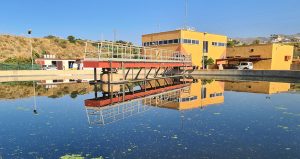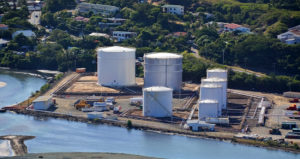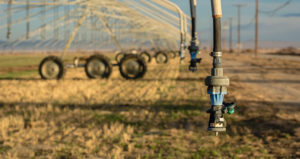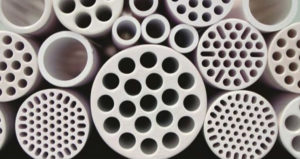European water reuse law might be incentive to desalination
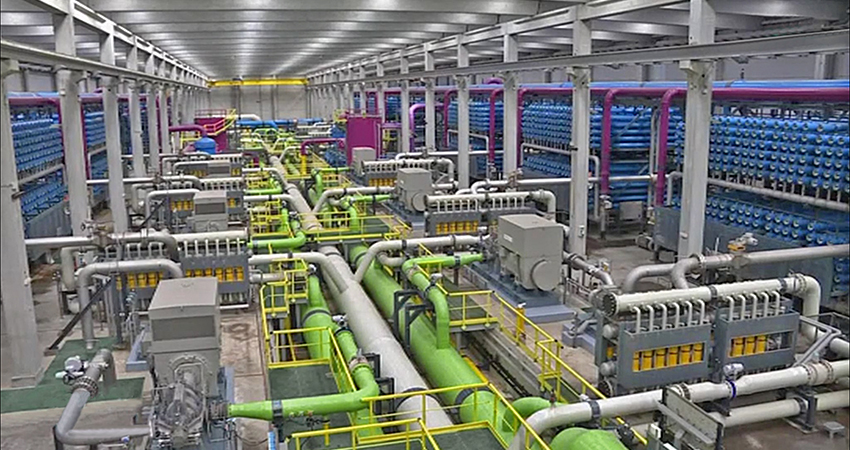
-
 Fergal MacErlean
Fergal MacErlean
Share article:
Desalination, coupled with water reuse, could be set to enter a phase of unseen expansion in the EU in June 2023 when the European law for water reuse comes into effect. The new rules are expected to stimulate water reuse in the EU. With the right factors in place, such as adequate water pricing to secure the large investments required by desalination, and an integrated water management approach, including reuse for irrigation, a market expansion would lead to reduced costs.
The desalination capacity of Europe has been estimated at 8.7 million m3/day, which is around 9% of the global installed capacity, with some 60% of that capacity in Spain. There is clearly huge scope for the European sector to expand in arid and non-arid areas. And there is the important factor for agriculture that wastewater from desalted water has a lower salinity after its first use than conventional wastewater. But despite being less saline there are other issues for agriculture such as high boron concentrations. A 2021 Joint Research Centre (JRC) Science for Policy Report notes that innovation in desalination is needed to overcome these hurdles.
More hurdles
Pieter de Jong, JRC report author and liaison officer with Wetsus, European Centre of Excellence for Sustainable Water Technology said: “Crop growth is limited when magnesium is absent, as well as when boron concentrations are too high.” De Jong noted the absence of future funded studies on this issue from the European Commission which would be ‘a good thing for Europe and the world’. He also points out that desalted water for agriculture needs to be a lot cheaper. Due to high costs desalination plants sometimes remain closed. Even in times of drought. “For drinking water the price is mostly right. Agriculture desires a much lower cost, especially given water prices in many water scarce regions is extremely low. Desalination then seems a very expensive alternative,” de Jong said.
High carbon footprint
Energy currently used for desalination typically has a high carbon footprint. The expected growth of desalination, if not coupled with renewable energy has been estimated to cause a projected 180% increase of carbon emissions by 2040, according to a 2015 report by the Global Clean Water Desalination Alliance. In the attempt to overcome water scarcity, desalination with reverse osmosis has been a growing trend; projects in the Middle East have reached a capacity of 1,000,000 m3/d per plant. But with an electricity consumption of around 4kwh/m3, such operations require dedicated power stations to run the high pressure pumps used to push the water molecules through the membrane leaving the salt behind.
Microbial desalination
The EU-funded MIDES project addressed this challenge by developing and operating the world’s first industrial demonstrator of a revolutionary technology based on Microbial Desalination Cells (MDCs). It uses MDCs as a pretreatment for reverse osmosis, enabling salt separation and water treatment to be conducted simultaneously. MDCs employ specific bioelectroactive bacteria to transform the energy contained in the organic matter present in wastewater into electrical energy. The potential difference created between the electrodes causes the separation of salts through the ionic exchange membranes, allowing the desalination of seawater and brackish water without external energy. The electricity needs are reduced by more than 90% compared to conventional processes for wastewater treatment and desalination.
Decentralised desalination plants
Following successful scaling up, MIDES designed and built two MDC prototypes, each comprising one stack of 15MDC units with a total area of 0.4m2 per unit. Both prototypes can process thousands of liters of brackish water and seawater per day with very low energy consumption, the project coordinator said in 2021. MIDES paves the way for smaller capacity decentralised plants.



